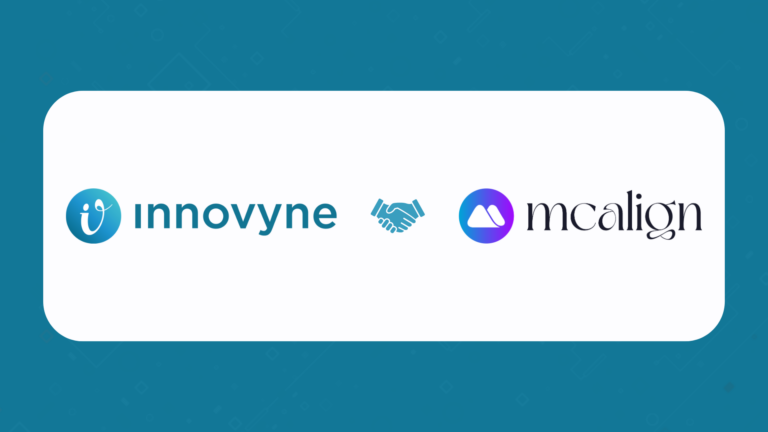With the rise of nations such as China and Mexico drawing businesses to their countries with cheap labor and with the lack of education for manufacturing skillsets in the US, the manufacturing industry in the North America has faced a steady decline in the pool of top talent and skill. This trend has been one of the primary causes of concern for business leaders in the space who feel the pressure of successfully hiring and retaining the best talent in the industry.
For many manufacturing organizations, this concern unfolds into 2 key issues:
- Designing attractive incentive plans to attract talent
- Effectively managing talent to ensure retention
It should come as no surprise that competitive compensation tops the list. In the world of HR, employee compensation, by default, far outweighs other factors in importance when it comes to employee recruitment and satisfaction. Time and again, surveys indicate that while factors such as trust and respectful treatment remain important, compensation maintains its stand as a critical job satisfaction factor.
While skilled employees seek a great work environment that fosters learning and growth, their primary focus on the best compensation package remains steady. In recent years, companies have tried many different ways to create innovative pay structures that cater to the target audience of a skilled workforce. But there are some best practices that businesses with the highest employee retention rates have built into their organizational processes. From designing compensation plans with the right metrics to ensuring their effectiveness, the following insights provide a sneak peek into the organizations with the lowest attrition.
Plan Design
The manufacturing sector is unique where sales compensation is concerned. Its singularity is derived from the fact that manufacturers leverage multiple channels to deliver their products to the market – normally categorized as direct and indirect (distributor) channels. While visibility into the performance of direct channels may be easier to capture, the indirect channels generally pose a challenge. To this end, savvy manufacturers focus on ensuring appropriate pay-for-performance programs through plan components such pay mix and plan measures.
For example, territory sellers aligned to indirect channels where obtaining point-of-sale data is difficult would have a different pay mix than account managers assigned to specific opportunities or accounts that result in longer sales cycles.
Similarly, compensating for the right plan measures is equally important. Many times, it is difficult to capture point-of-sale data. At such times, territory sellers can be and, as best practice, are generally credited based on growth in their territory. Conversely, corporate account managers may be compensated on a revenue or sales based plan measure given the manufacturer’s ability to obtain accurate point-of-sale data.
However, the fundamental question that affects compensation plan design and ultimately, employee performance and retention focuses on whether the compensation metrics are aligned with the strategic objectives and priorities of the business.
If there is a mismatch between the two, employees will experience the friction first-hand and feel as if they are not set up for success resulting in a drop in both employee performance and employee satisfaction. It creates the perfect environment for skilled workers to explore employment opportunities outside of the organization.
Analytics & Reporting
Generally, pay-for-performance programs are designed to optimize for fairness. Unfortunately, that is not always the case with compensation programs. Sometimes, key factors may slip consideration when designing the programs or the factors affecting compensation may change. Smart manufacturers have learned that the key to optimizing compensation programs lies inconsistent monitoring and analysis of the inputs that drive recognition and rewards.
Robust sales performance management solutions allow organizations to run a pay and performance correlation test relating to compensation plans. Is there a disconnect between pay and performance? Are there employees with similar levels of pay but widely disparate performance scores? Does the plan allow the possibility of employees gaming the system to consistently achieve or overachieve targets? Effective compensation plan design is a complex subject and requires businesses to take into account multiple internal and external factors to achieve a desired performance outcome. With such complexity, it is imperative that companies regularly monitor and analyze the compensation plans to promote healthy competition and ensure fairness in employee recognition.
Transparency & Effective Communication
Arguably, the most important factor that builds trust and boosts employee retention is an employee’s engagement in the business and their understanding of key information such as company objectives, compensation plans and organizational growth fluctuations. One of the most basic practices that promotes trust and employee engagement is communication. Consistent, regular communication of accurate facts is deemed as a key factor in ensuring employee satisfaction and ultimately, employee retention. But there is a common pitfall associated with this practice.
Businesses often forget to allow for bi-directional communication. Whether an employee wants to inquire about why their commission does not include a particular transaction or whether the employee wants to provide feedback on the latest system for tracking expenses, businesses with the high talent retention ensure that communication frameworks and systems are in place to encourage two-way communication and increase employee engagement in the organization.
Ultimately, companies that focus on thoughtfully designing competitive employee compensation, consistently analyzing how to boost sales performance management in manufacturing and opening transparent lines of communication are highly likely to attract – and retain – the right talent.
Click here to learn more about how InnoVyne can help manufacturing companies design and implement best-in-class performance management solutions to boost business performance by hiring and retaining the best talent.



